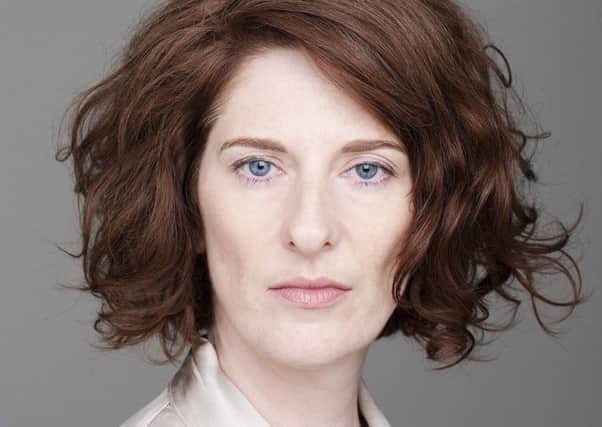Pleasant ordure


And immediately after the prologue, we learn that one of the principal characters, Flora Cochrane, née Mackie, aka The Snow Queen, is the daughter of a Dundonian captain, and grew up on his whaling vessel after the death of her mother – and one of my five favourite books of all time is Moby-Dick.
Heck, the novel even prefaces each chapter with precise longitudinal and latitudinal co-ordinates, and much of the imagery centres around the constellations and I was on the panel that awarded the Man Booker to Eleanor Catton’s astrologically provocative The Luminaries. So all the pieces were in place for me to love this book, and indeed, there are some very fine descriptive passages and a number of interesting ideas; not just about the Arctic, but about love, dominion, ambition and fulfilment. Moreover, the author has a proven track record, having won the Costa Prize ten years ago.
Advertisement
Hide AdAdvertisement
Hide AdBut why, when the book on the surface ticks so many boxes for me, did I fail to enjoy it?
The plot opens with Flora, now in her eighties, being taken by plane to stand at the North Pole (a place which has been reduced from Romantic unknown to cartographic curiosity as far as she is concerned). She is being button-holed by a young journalist keen to know about her time as an explorer. After her whaling adolescence, Flora went to university, became a meteorologist, had a pash that didn’t work out, and went on an expedition to Greenland with her unloved husband. In parallel, Jakob de Beyn, an orphan, studies geology in New York, has a fling with a married woman, and signs up with his best friend on a rival American expedition to the same place.
Flora is keen to amass data and has good relations with her childhood Inuit friends; her American rival Armitage is more supercilious to the locals and wants only glory. The young journalist is especially interested in the mystery of the “Armitage-de Beyn controversy”. As even a six-year-old could guess, de Beyn develops an “affinity” with Flora. She feels she “must say something to acknowledge what happened in Neqi, although nothing happened”. What will become of our star-cross’d lovers?
Even a sketch of the plot is revealing. The novel seems almost retro-engineered from those fatuous questions for reading groups that now regularly appear at the back of paperbacks. Jakob studies stones and Flora the weather – in what other ways are they different and similar? Discuss the ways in which women were professionally, intellectually, emotionally and sexually repressed in the 19th century. Talk about how the author uses the imagery of (a) the cold and the frigid (b) the natural and the unnatural (c) the spoiled and the unspoiled. Everything is neatly balanced and carefully flagged; much like supplies left buried in the snow.
Advertisement
Hide AdAdvertisement
Hide AdThe novel suffers from a kind of noun-exoticism. There are many Inuit words in the text which gives a patina of authenticity, but raises the question of why they aren’t speaking Inuit the whole time? And then there’s the kujappok. I don’t care sounding like a prude, but sex in novels should be like sex in life: either done well or not at all. There is only so much of that I can read before crushing boredom sets in. A few paragraphs might be bearable; several whole chapters and I begin to think how much more interesting the iPad Terms and Conditions are.
That its title is an anagram of Pleasant Ordure I put down to the universe’s deep sense of irony.